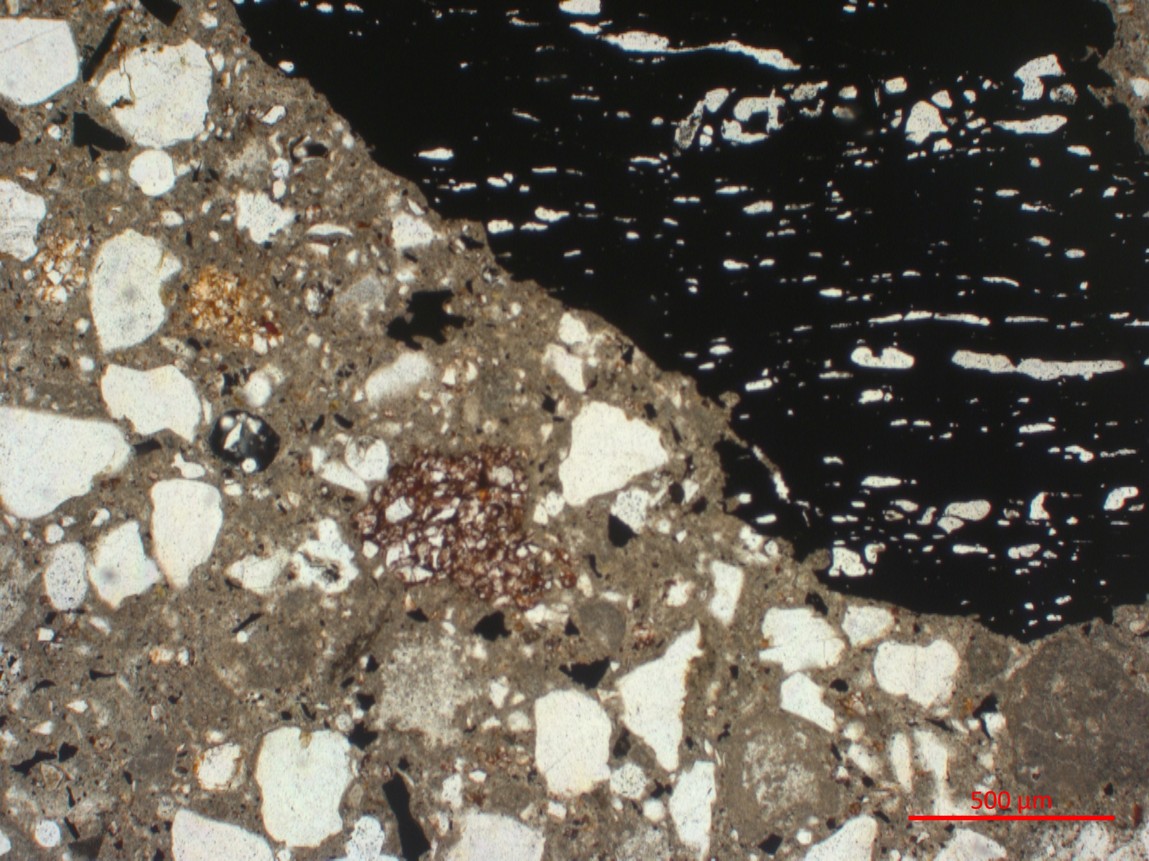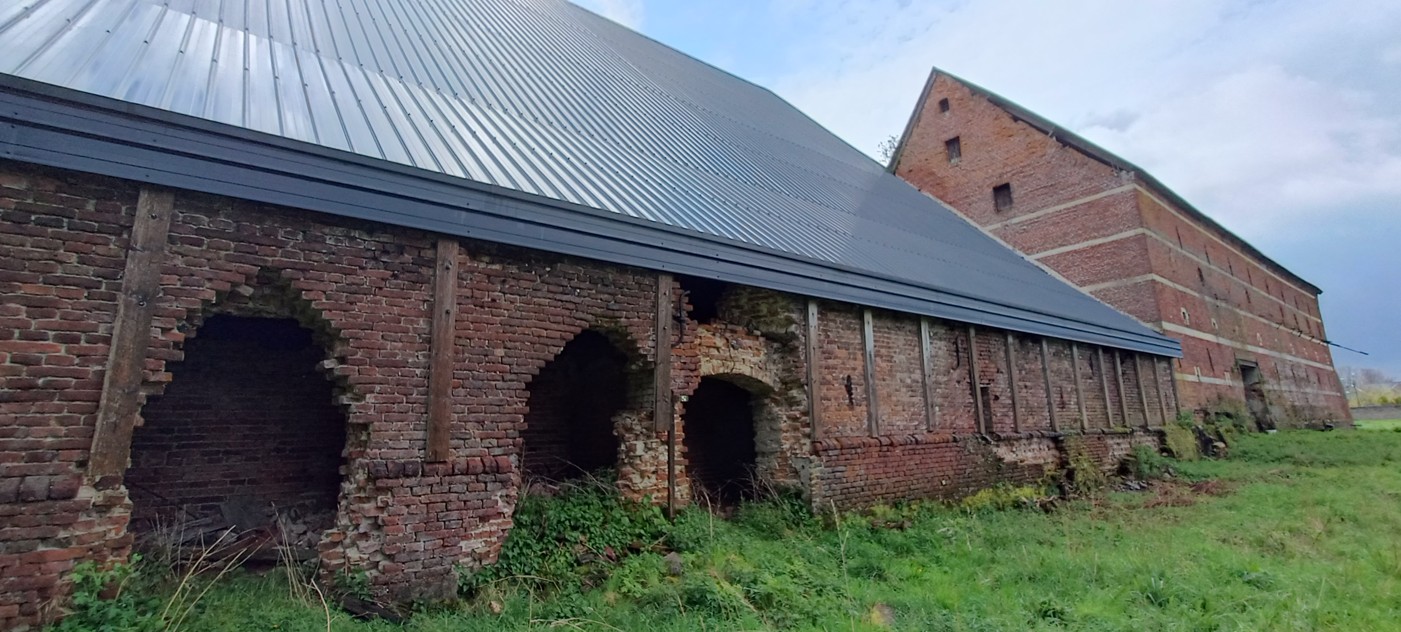Petrographic research for stony materials
To study rocks and stony materials, we use petrographic research to analyze the composition and structure of materials.
INSPECT represents petrography on all natural stone, brick and mortars. Based on microscopy and literature, INSPECT identifies unknown materials, or information is obtained for the technical data sheet.
In addition to standard optical petrography, INSPECT also performs scanning electron microscopy (SEM) analyses. SEM allows viewing rocks at higher resolution, requires less sample preparation and combined with EDS, the occurring elements in a rock can be determined.
Petrographic examination can be crucial to learn more about the origin, quality and durability of building materials such as concrete, natural stone or brick.


Microscopic analysis
For microscopic analyses, we need only small samples, which minimizes the effect on existing monuments and buildings.
After supplying a small rock fragment, INSPECT sets to work to make a grinding plate from it. This is a thin polished 30-micrometer layer of stone glued to a microscope-bearing glass.
At such small thickness, most minerals are transparent, and can be analyzed with a petrographic microscope.
If necessary, we pre-strengthen the stone with a resin to make it polishable, or the material is impregnated with fluorescent compounds to study the smallest pores and cracks.
-
1
Sampling
First, a representative sample of the stony material is taken. This can be a piece of concrete, a brick or a piece of natural stone.
-
2
Prepare
The sample is cut into microscopically thin slices. These slices are placed on a glass slide and polished for viewing under the microscope.
-
3
Microscopic examination
A special microscope is used to study the minerals and the structure of the material.
Among other things, the microscope shows how light is refracted through the material, making different minerals recognizable.
-
4
Analysis and reporting
The results of the survey are analyzed and recorded in a report. This contains the mineralogical composition, any abnormalities and recommendations for further action.
Among other things, the microscope shows how light is refracted through the material, making different minerals recognizable.
What is mainly being researched?
During a petrographic survey, different aspects of a stony material are examined:
- Mineralogical composition: what minerals are present and in what quantities?
- Texture and structure: how are the minerals arranged? Are there cavities, cracks or other irregularities?
- Weathering and damage: Are there signs of weathering, such as cracks, discoloration or deterioration from chemical reactions?
- Manufacturing defects and quality checks: in concrete, for example, poor mixing or improper curing can be detected


Applications of petrography in practice
Petrography is used in numerous industries, including:
- Construction and Infrastructure: To ensure the quality of concrete, brick and natural stone.
- Restoration of monuments: To identify the origin and composition of historic building materials.
- Damage investigation: To identify the cause of damage such as cracking, crumbling and discoloration.